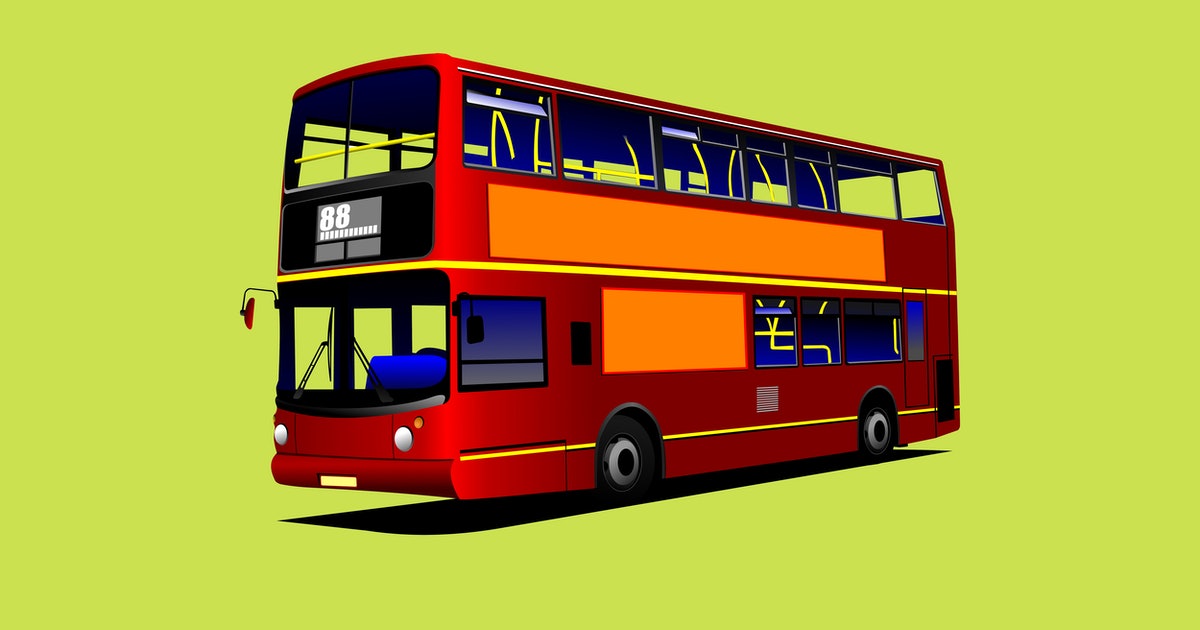In this paper, I discuss the arguments for and against adopting public transportation. I argue that large first-world countries should adopt more public transportation as it reduces air pollution, helps the economy, and gives people who cannot afford cars easy access to transportation.

Currently, driving a car is what's considered normal. Studies have shown that almost 90% of all workers drive to work, and almost 80% drive alone. Public transportation is a method of transportation that's meant to be open to all, which includes buses, trains, and subways.

The main argument against public transportation is convenience. Public transportation, in its current form at least, won't be quite as nice as a private car. Especially in more rural areas, public transportation seems unrealistic, and even pointless. Current public transportation usually takes longer and costs more than just driving yourself, so why bother?

I make the argument that the reason public transportation is inconvenient is because it isn't funded. Public transport is stuck in a loop of not being funded because it's bad, and then being bad because it's not funded. If public transportation had the proper infrastructure and funding, it would be much better. Ignoring convenience, though, public transportation has significantly less impact on the environment and can reduce traffic (see image 1).

Making the jump to public transportation is a daunting task, but many studies have provided ample evidence showing that public transportation would have significant advantages over current transportation methods, especially continuing into the future. Traffic and carbon emissions are reduced, the economy and general physical health gets improved, and every individual gets where they need to be.

Hodges, Tina. “Public Transportation’s Role in Responding to Climate Change.”
Federal Transit Administration, U.S. Department of Transportation Federal Transit Administration, Jan. 2010,
https://www.transit.dot.gov/sites/fta.dot.gov/files/docs/PublicTransportationsRoleInRespondingToClimateChange2010.pdf.
McKenzie, Brian. “Who Drives to Work? Commuting by Automobile in the United States: 2013.”
American Community Survey Reports - Stanford University, United States Census Bureau, Aug. 2015,
http://large.stanford.edu/courses/2016/ph240/tran1/docs/acs-32.pdf.
“A Practitioner’s Guide for Advancing Health Equity: Community Strategies for Preventing Chronic Disease.” Centers for Disease Control and Prevention, US Department of Health and Human Services, 2013, https://www.cdc.gov/nccdphp/dch/pdf/ActiveLiving.pdf.
“Public Transportation System: Introduction or Expansion.”
Centers for Disease Control and Prevention, Centers for Disease Control and Prevention, 19 Oct. 2018,
https://www.cdc.gov/policy/hst/hi5/publictransportation/index.html.
“Public Transportation Systems.”
County Health Rankings & Roadmaps, County Health Rankings, 2017,
https://www.countyhealthrankings.org/take-action-to-improve-health/what-works-for-health/strategies/public-transportation-systems.




